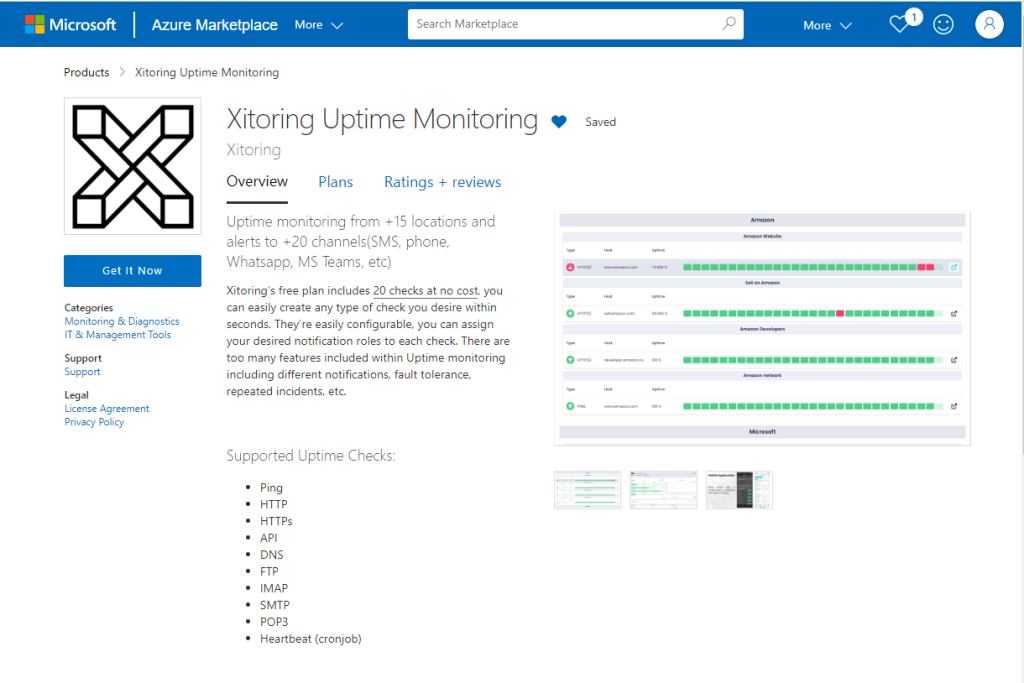Redis is an open-source in-memory data structure store that functions as a database, cache, and message broker. It can handle a variety of data structures, including strings, hashes, lists, sets, sorted sets with range queries, bitmaps, hyperloglogs, geographical indexes, and streams. Redis has replication, Lua scripting, LRU eviction, transactions, and various levels of on-disk persistence. It also enables high availability with Redis Sentinel and automated partitioning with Redis Cluster.
Redis’ primary advantage is its speed, with operations taking less than a millisecond to complete, making it ideal for high-throughput use cases like caching. Its in-memory nature allows it to perform significantly quicker than disk-based databases. Redis’ data structures offer a wide range of functions, making it suitable for a variety of applications beyond caching, including real-time analytics, messaging, and session storage in web applications.
Redis was created with simplicity and efficiency in mind, and it is easy to set up and use, providing a simple yet powerful solution to handle data effectively in a variety of computing settings and applications.

